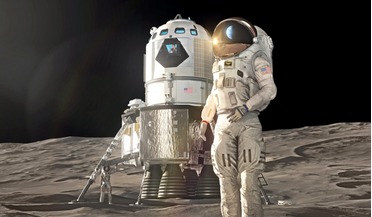 July 2019
Developing life support systems for human exploration missions beyond Earth
July 2019
Developing life support systems for human exploration missions beyond Earth
... by five US companies, offer different perspectives on how astronauts will live and work aboard the Gateway. The explosion of investment in smart control and diagnostic technologies today will also benefit exploration class missions. Spacecraft ECLS...
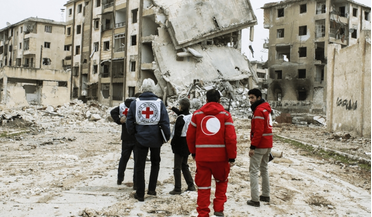 May 2020
Iran - emerging space state or threat to world peace?
May 2020
Iran - emerging space state or threat to world peace?
... is approximately 5800 kg. Its range depends on the warhead – which can be tactical atomic bombs, chemical or biological weapons or hi-explosive warheads - and is between 290 and 330 km. Iran tested an improved version of the Shahab-2 in 2010, which...
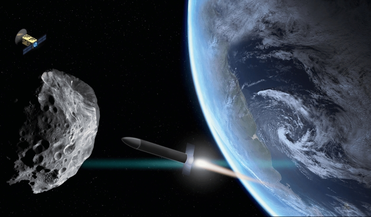 June 2020
Saving Earth – time for a new cooperative framework
June 2020
Saving Earth – time for a new cooperative framework
... was previously thought. This is one of the things that sensors on GPS satellites, originally designed to detect nuclear explosions, have told us over the past 10 years. An inventory of potentially hazardous asteroids has been created by the US Minor...
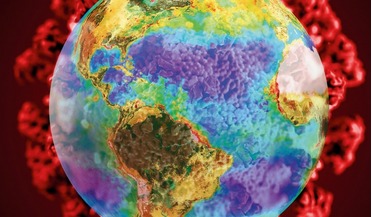 July 2020
Covid-19 infects global space community
July 2020
Covid-19 infects global space community
... Computers, Intelligence, Surveillance and Reconnaissance), biometrics, CBRN (Chemical, Biological, Radiological and Nuclear) and explosive detection, and Mine-Resistant Ambush Protected Vehicles (MRAPs). Prior to Seraphim she worked at the Benchmark...
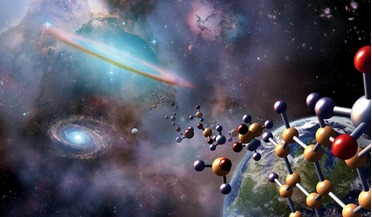 July 2020
Life in the universe – common or not?
July 2020
Life in the universe – common or not?
... an astrophysicist and professor in the Department of Astronomy, University of Tokyo, Japan. His primary research interests are explosive phenomena (such as supernovae and gamma-ray bursts), galaxy formation and evolution, and cosmology. He conducts...
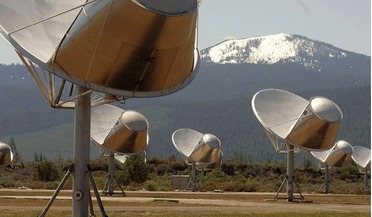 August 2020
Interstellar aspirations
August 2020
Interstellar aspirations
..., based on Freeman Dyson’s Orion concept, began in the late 1950s. Dr Dyson’s idea was to use a series of fusion explosions – effectively ‘bombs’ - to propel a very large spaceship around the solar system and beyond. But with the...